10 Fun Facts About Horse Breeds You Probably Didn’t Know
The world of horses is a tapestry woven with diverse breeds, each with its own unique history, characteristics, and contributions to human society. From the vast plains of Mongolia to the lush pastures of Ireland, horses have been indispensable companions to humans for thousands of years. This article delves into the fascinating world of horse breeds, uncovering facts that may surprise even the most seasoned equestrian enthusiasts. As we explore these remarkable creatures, we will discover not only their physical attributes but also the cultural and historical significance they hold. Whether you're a lifelong horse lover or a curious newcomer, prepare to be amazed by the diversity and depth of knowledge surrounding these majestic animals.
The Ancient Origins of the Arabian Horse
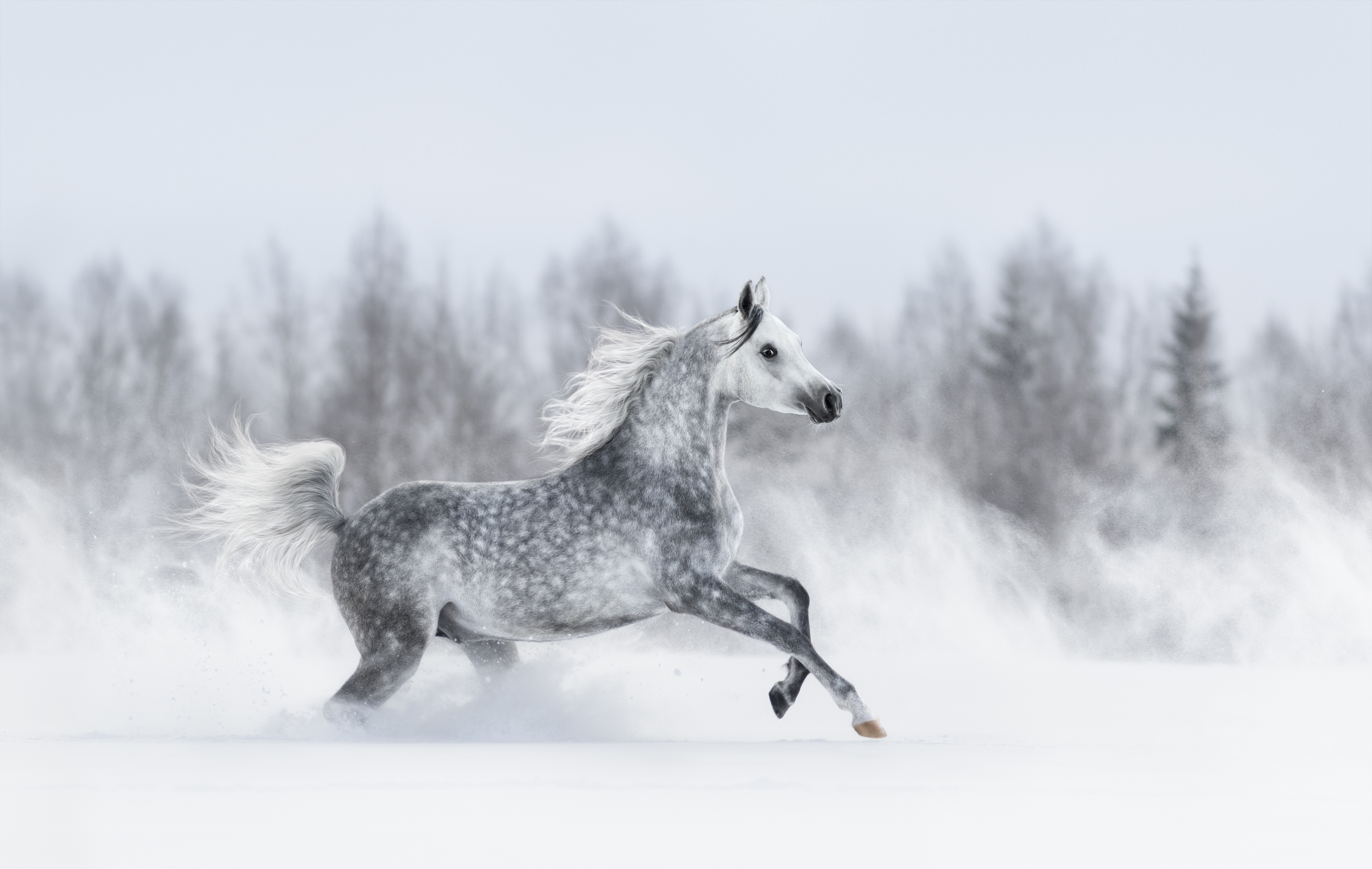
The Arabian horse is one of the oldest and most recognizable horse breeds in the world. With a lineage that dates back over 4,500 years, Arabians are known for their endurance, intelligence, and distinctive appearance. Originating from the Arabian Peninsula, these horses were bred by the Bedouins, who valued them for their speed and stamina in the harsh desert climate. The Arabian's influence on other horse breeds is profound, contributing to the development of the Thoroughbred, Quarter Horse, and many others. Their unique skeletal structure, including a higher tail carriage and fewer vertebrae, sets them apart from other breeds. The Arabian horse's legacy is not only in its physical attributes but also in its cultural significance, symbolizing beauty, grace, and nobility throughout history.
The Mighty Clydesdales: More Than Just a Beer Mascot
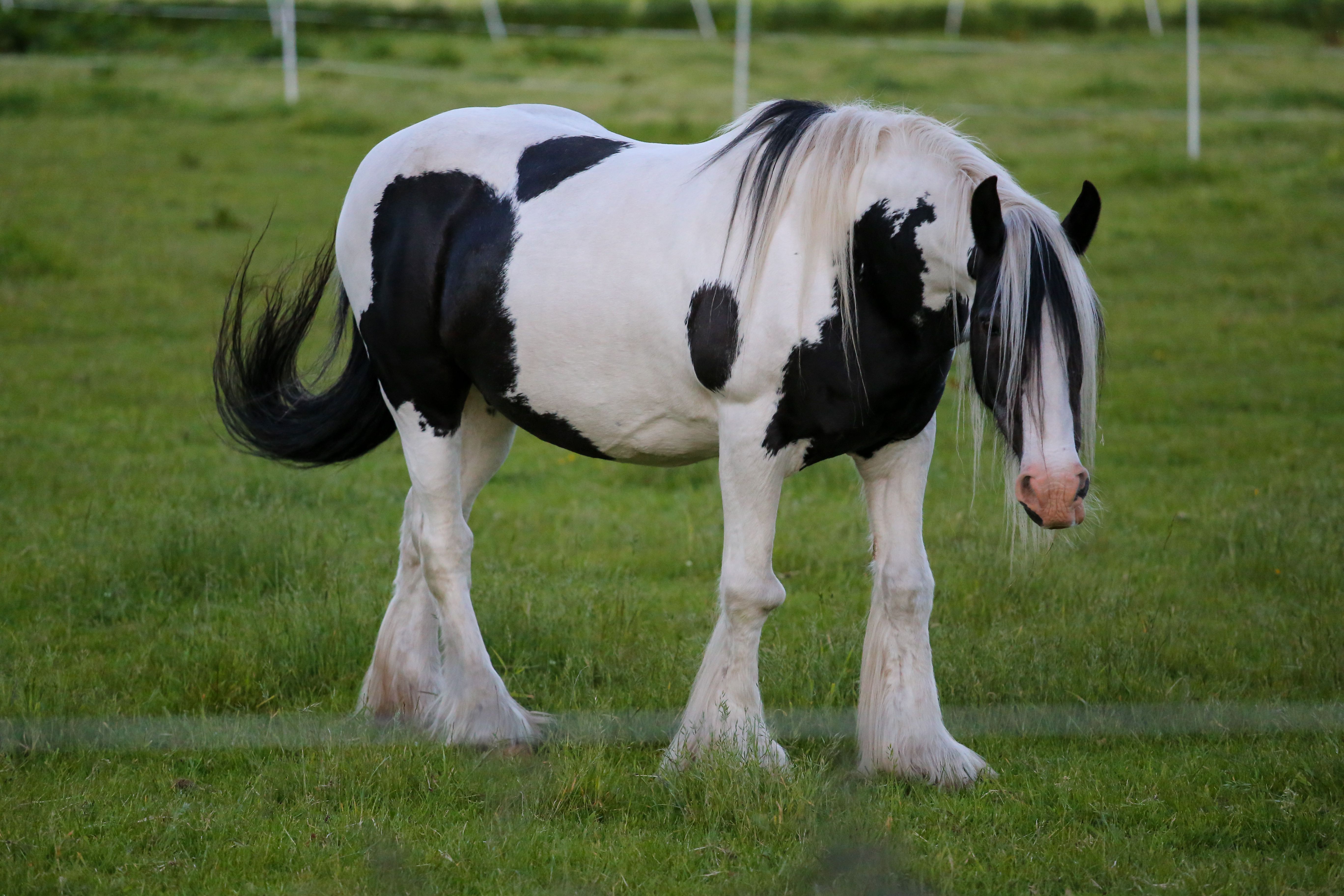
Clydesdales are often associated with the iconic Budweiser commercials, but there's much more to these gentle giants than their role in advertising. Originating in the River Clyde area of Scotland in the 18th century, Clydesdales were initially bred for heavy farm and industrial work. Their strength and size made them ideal for pulling heavy loads, and they quickly became a staple in agriculture and industry. Despite their imposing stature, Clydesdales are known for their docile temperament and willingness to work, making them popular in parades and shows. Their distinctive feathered legs and striking appearance have made them a beloved breed worldwide. Beyond their physical attributes, Clydesdales embody the spirit of hard work and perseverance, reminding us of the vital role horses have played in human progress.
The Versatile American Quarter Horse
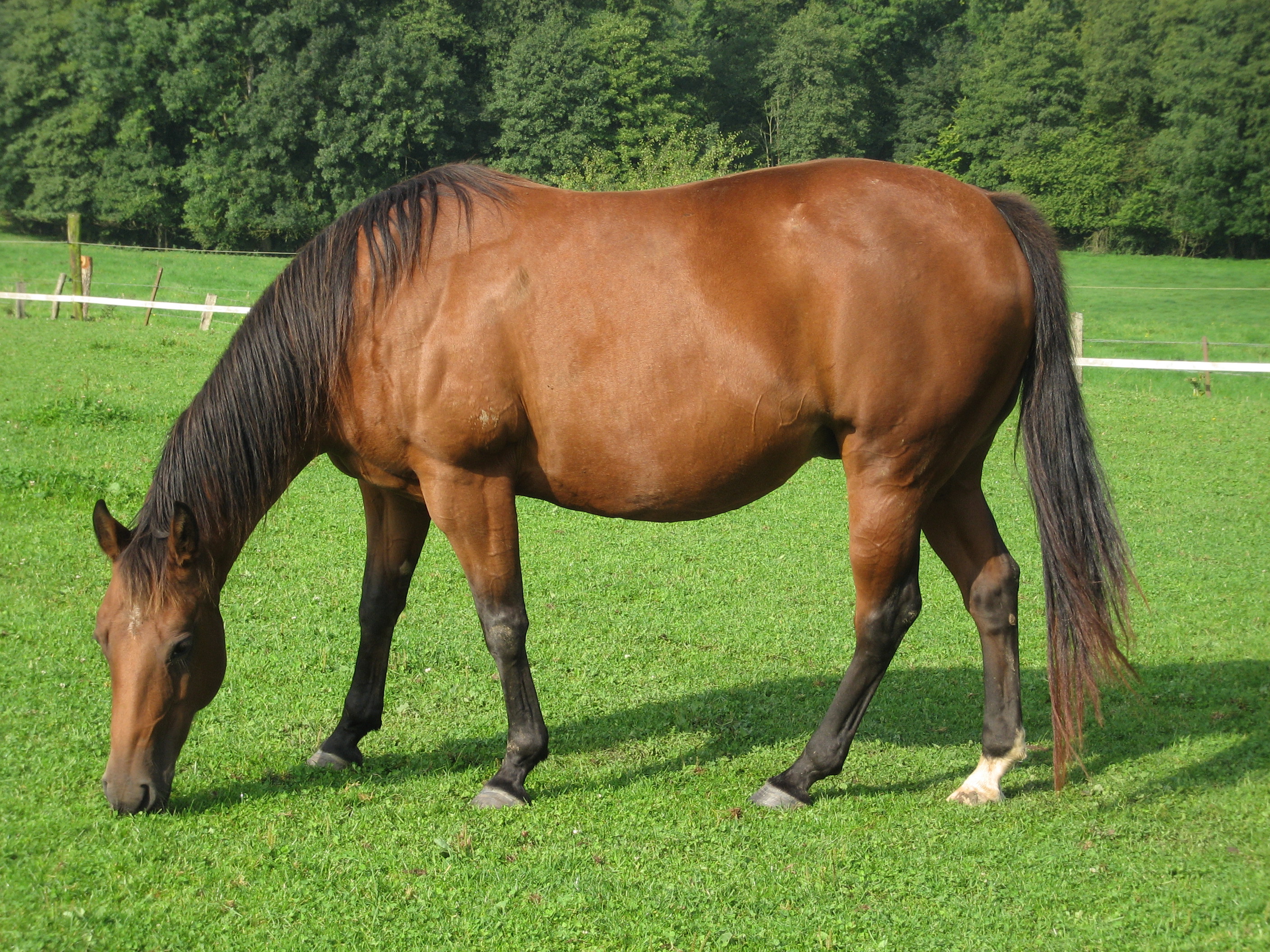
The American Quarter Horse is celebrated for its versatility and speed, particularly over short distances. With origins tracing back to the colonial era, this breed was developed by crossing English Thoroughbreds with native horses, resulting in a compact, muscular horse capable of rapid acceleration. The Quarter Horse excels in a variety of disciplines, from rodeo events to ranch work and competitive riding. Its calm disposition and adaptability make it a favorite among both novice riders and seasoned equestrians. The breed's ability to "turn on a dime" and its strong work ethic have solidified its place as a cornerstone of American equestrian culture. The Quarter Horse's story is one of innovation and adaptation, reflecting the diverse needs of its human companions.
The Mysterious Marwari: Ears to the Sky
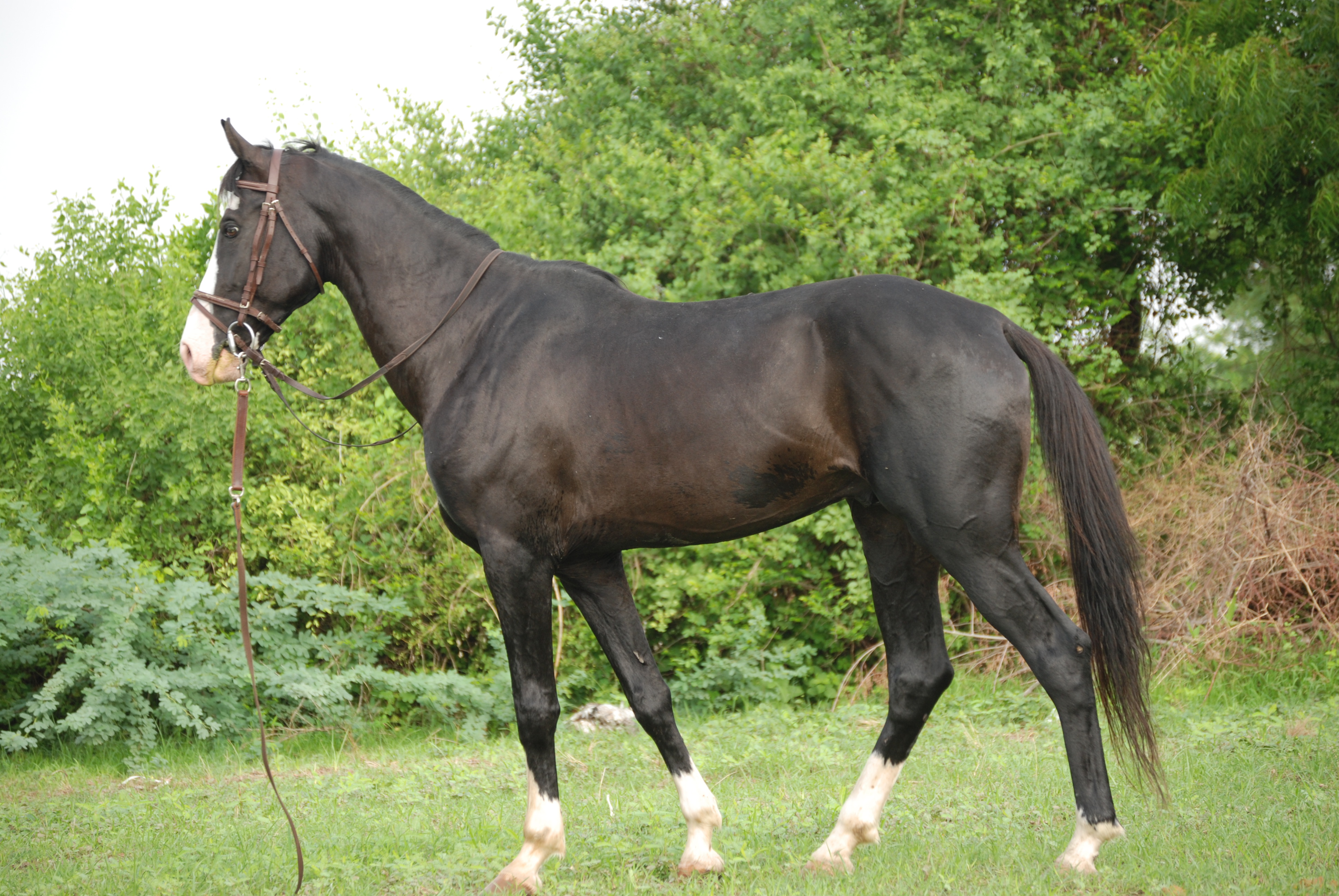
The Marwari horse, native to the Marwar region of India, is renowned for its unique inward-turning ears and regal bearing. Historically, Marwaris were the mounts of the noble Rajput warriors, prized for their bravery and loyalty in battle. This breed's distinctive ear shape is not just a visual hallmark but also a functional adaptation, believed to enhance hearing in the arid landscapes of Rajasthan. Marwaris are known for their resilience, able to thrive in harsh climates with minimal resources. Despite near extinction in the 20th century, dedicated conservation efforts have revived the breed, preserving its cultural and historical heritage. The Marwari horse stands as a testament to the enduring bond between humans and horses, a symbol of strength and survival against the odds.
The Icelandic Horse: Small Stature, Big Personality
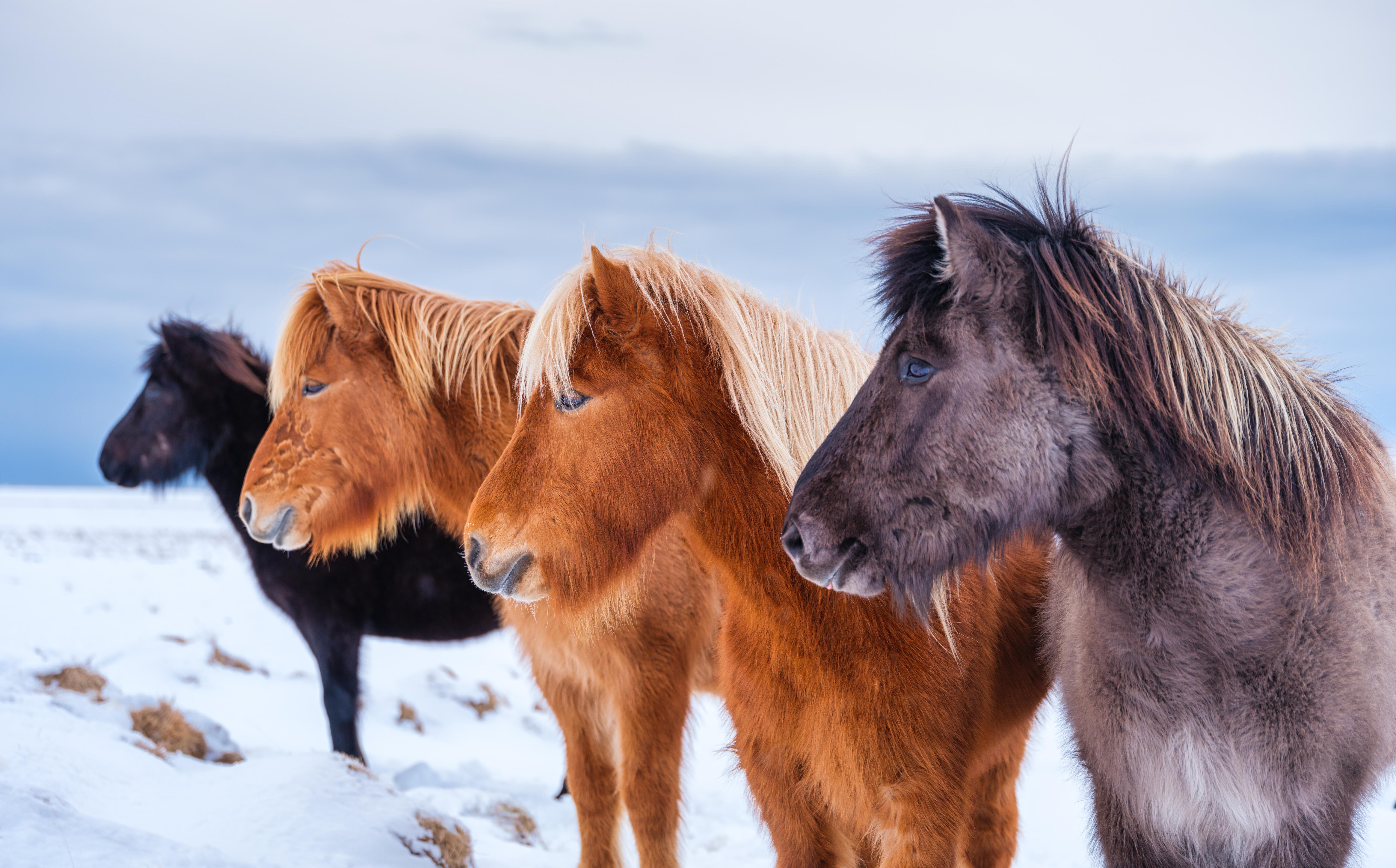
Icelandic horses are a unique breed, known for their small size and distinct gaits, including the tölt and flying pace. Brought to Iceland by Norse settlers over a thousand years ago, these horses have remained relatively unchanged due to strict breeding regulations. Icelandic horses are celebrated for their strength, agility, and friendly nature, making them ideal for both work and leisure. Their ability to navigate Iceland's rugged terrain with ease is a testament to their hardiness and adaptability. The breed's isolation has protected it from many common equine diseases, contributing to its robust health. Icelandic horses are more than just a mode of transportation; they are an integral part of Icelandic culture and history, cherished for their loyalty and spirited nature.
The Elegant Andalusian: A Noble Heritage
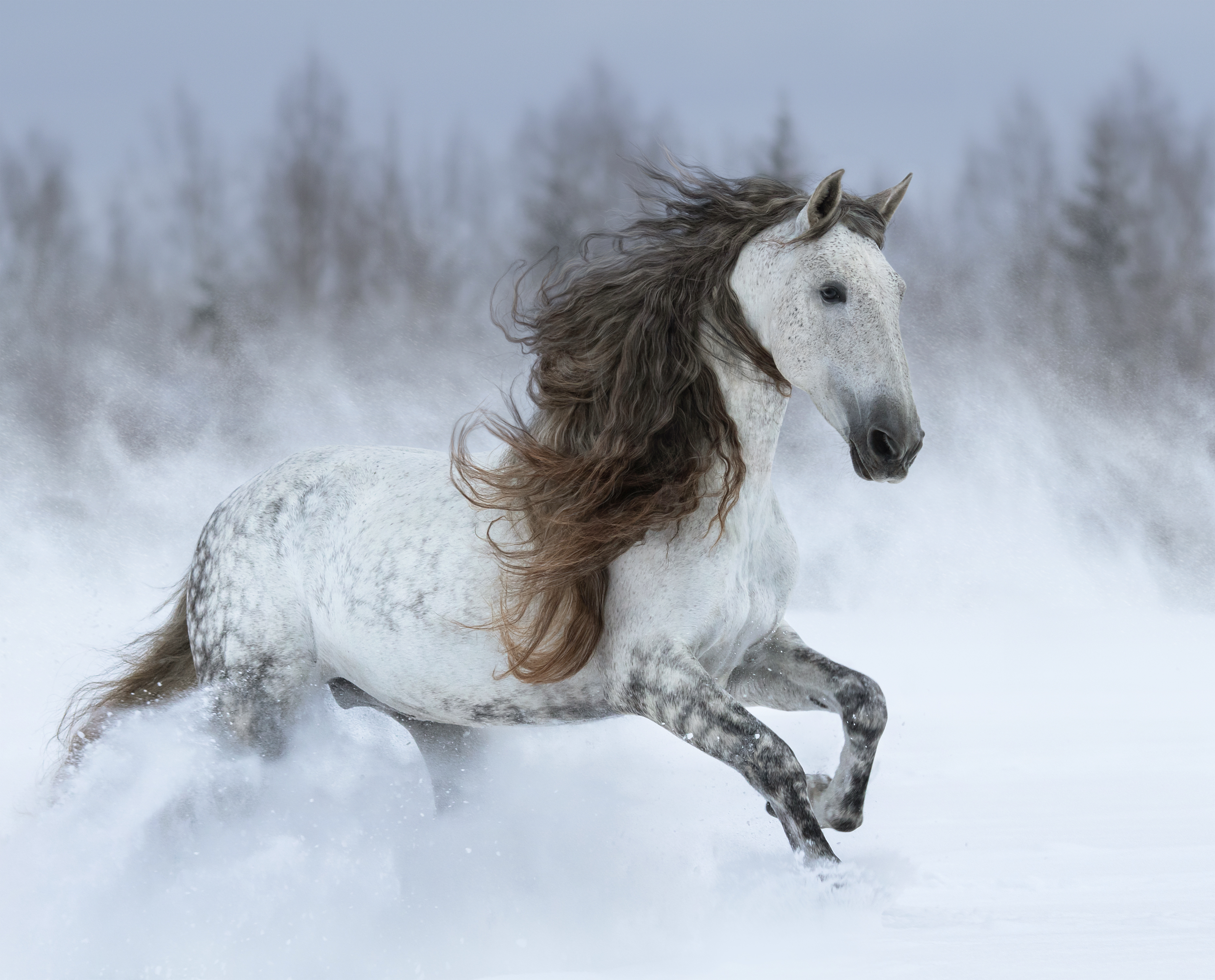
The Andalusian horse, also known as the Pure Spanish Horse, is renowned for its grace, strength, and intelligence. Originating from the Iberian Peninsula, Andalusians have been celebrated throughout history for their role in classical dressage and as war horses for European nobility. Their striking appearance, characterized by a long, flowing mane and tail, and their expressive eyes, have made them a favorite in art and literature. Andalusians possess a natural ability for collected movements, making them ideal for high-level dressage competitions. Their calm temperament and willingness to learn have earned them a reputation as both a talented performer and a loyal companion. The Andalusian horse embodies the elegance and majesty of equestrian tradition, a living link to the rich cultural tapestry of Spain.
The Fjord Horse: A Viking's Steed
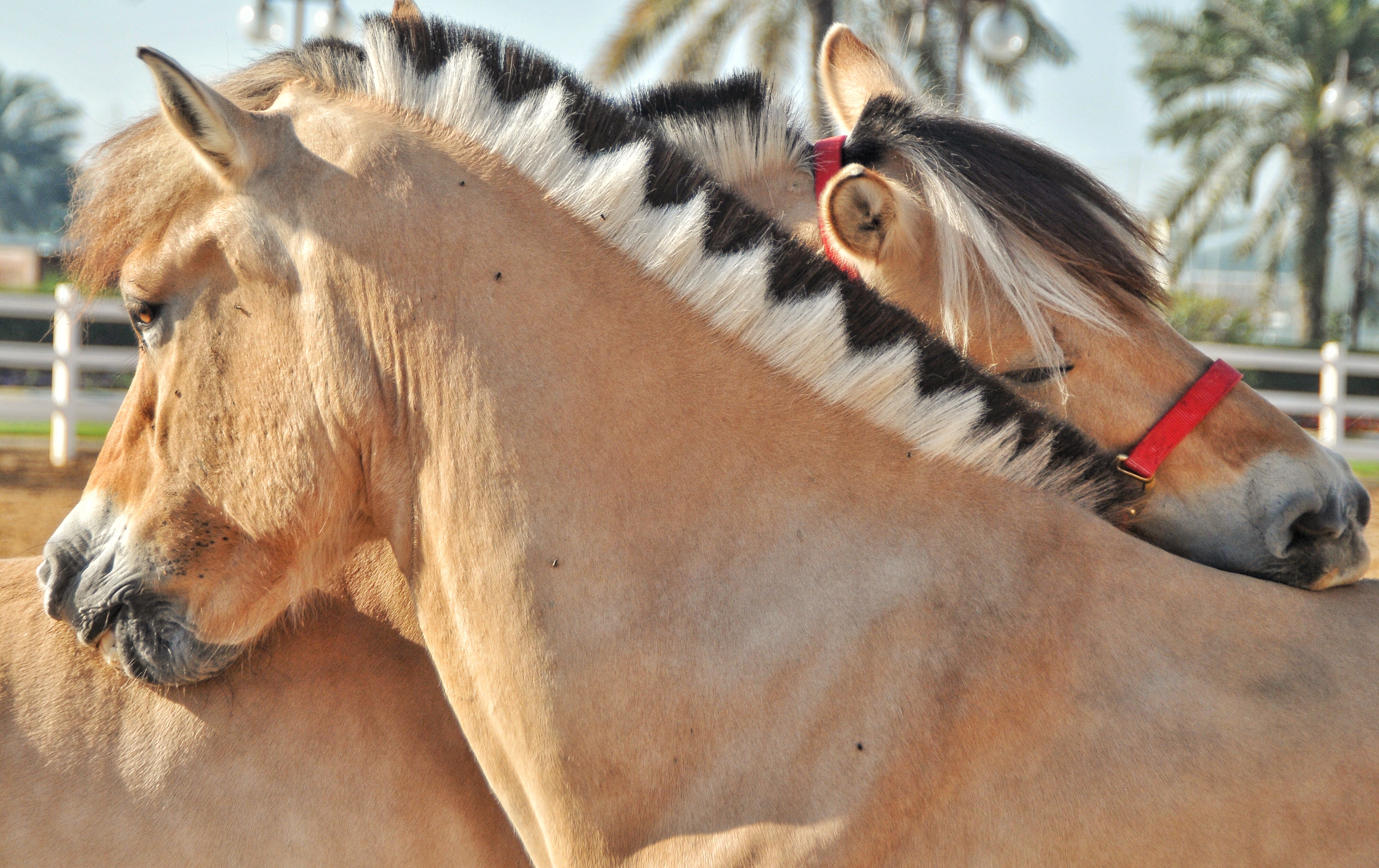
The Fjord horse, with its distinctive dun color and striking dorsal stripe, is one of the world's oldest and purest horse breeds. Originating from Norway, Fjords have been used by the Vikings for centuries, valued for their strength, endurance, and gentle nature. Their compact, muscular build makes them ideal for farm work, and their sure-footedness is perfect for navigating Norway's rugged terrain. Fjord horses are known for their versatility, excelling in everything from dressage to driving and therapeutic riding programs. Their friendly disposition and willingness to work make them a favorite among horse enthusiasts of all ages. The Fjord horse is a symbol of resilience and adaptability, a living testament to the enduring relationship between humans and horses in the harsh Scandinavian landscape.
The Akhal-Teke: The Golden Horse
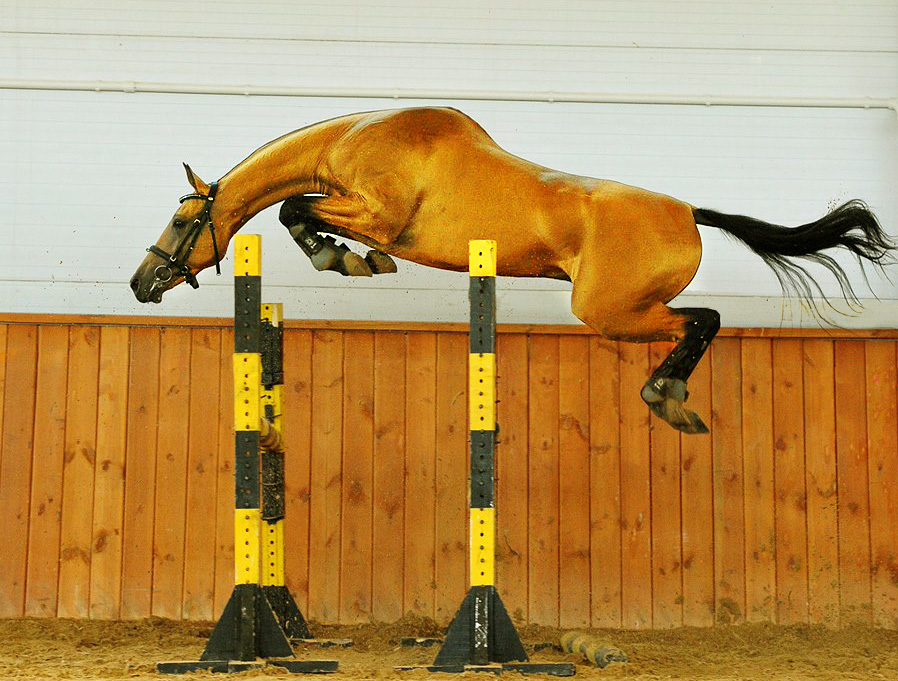
The Akhal-Teke, often referred to as the "Golden Horse," is famed for its metallic sheen and unparalleled endurance. Hailing from Turkmenistan, this breed is one of the oldest and most unique in the world, with a history that spans over 3,000 years. Akhal-Tekes are known for their sleek, athletic build and their ability to withstand extreme temperatures, making them exceptional long-distance runners. Their loyalty and intelligence have made them prized companions throughout history, from the ancient Silk Road traders to modern-day equestrians. The breed's shimmering coat, which can appear gold in the sunlight, has captivated horse lovers worldwide. The Akhal-Teke is more than just a beautiful animal; it is a symbol of perseverance and the enduring spirit of the nomadic peoples who have cherished it for centuries.
The Shire Horse: Gentle Giants of the Past and Present
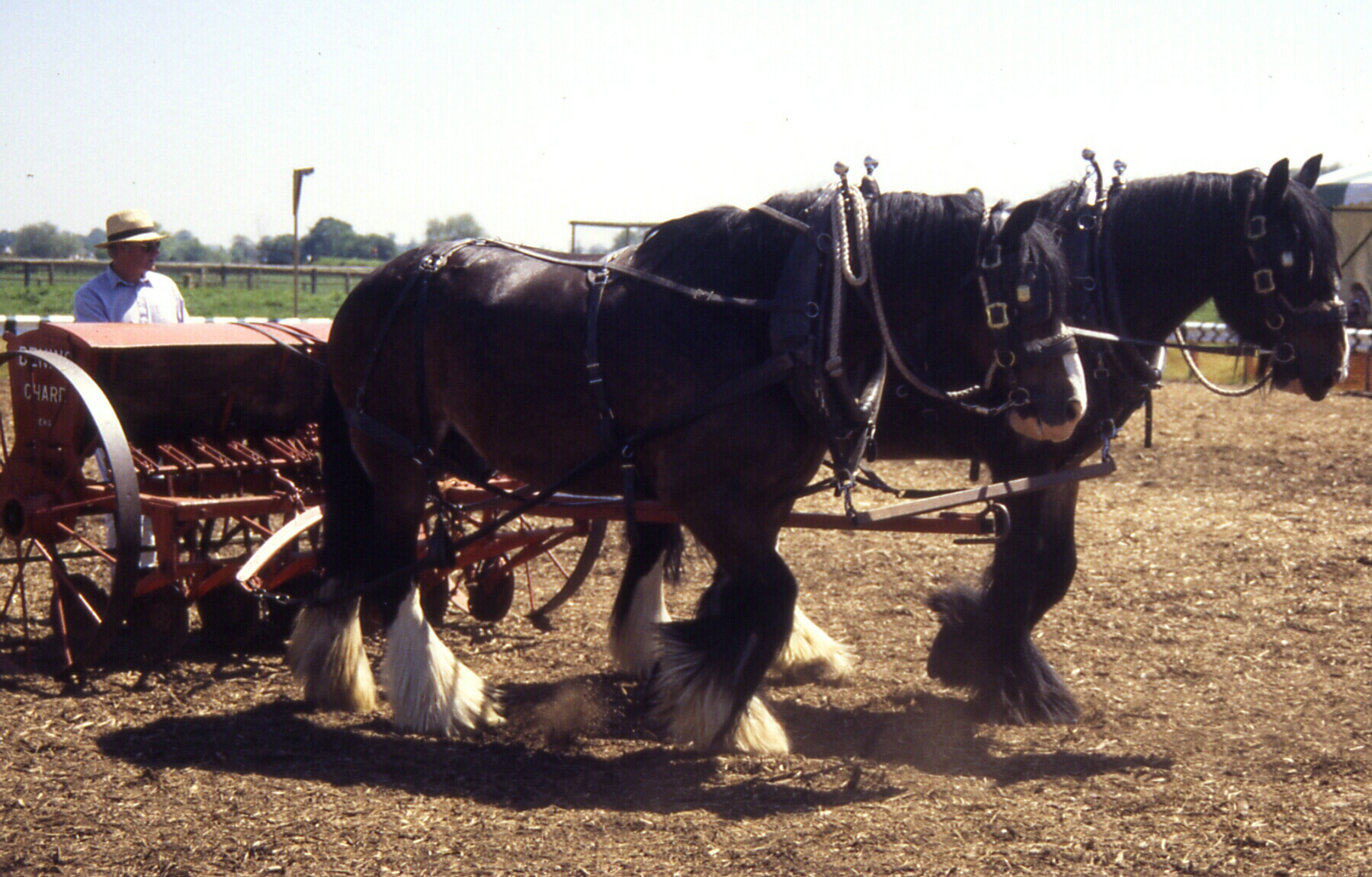
Shire horses are among the largest and most powerful horse breeds, known for their impressive size and strength. Originating in England, Shires were historically used for agricultural work and as war horses, capable of carrying knights in full armor. Despite their massive size, Shires are renowned for their gentle and docile temperament, earning them the nickname "gentle giants." Today, they are often seen in ceremonial roles and as popular attractions at fairs and horse shows. Their striking appearance, with feathered legs and a broad, muscular build, makes them an unforgettable sight. The Shire horse represents the strength and grace of equine history, a reminder of the vital role horses have played in shaping human civilization.
The Paso Fino: Rhythm and Grace in Motion
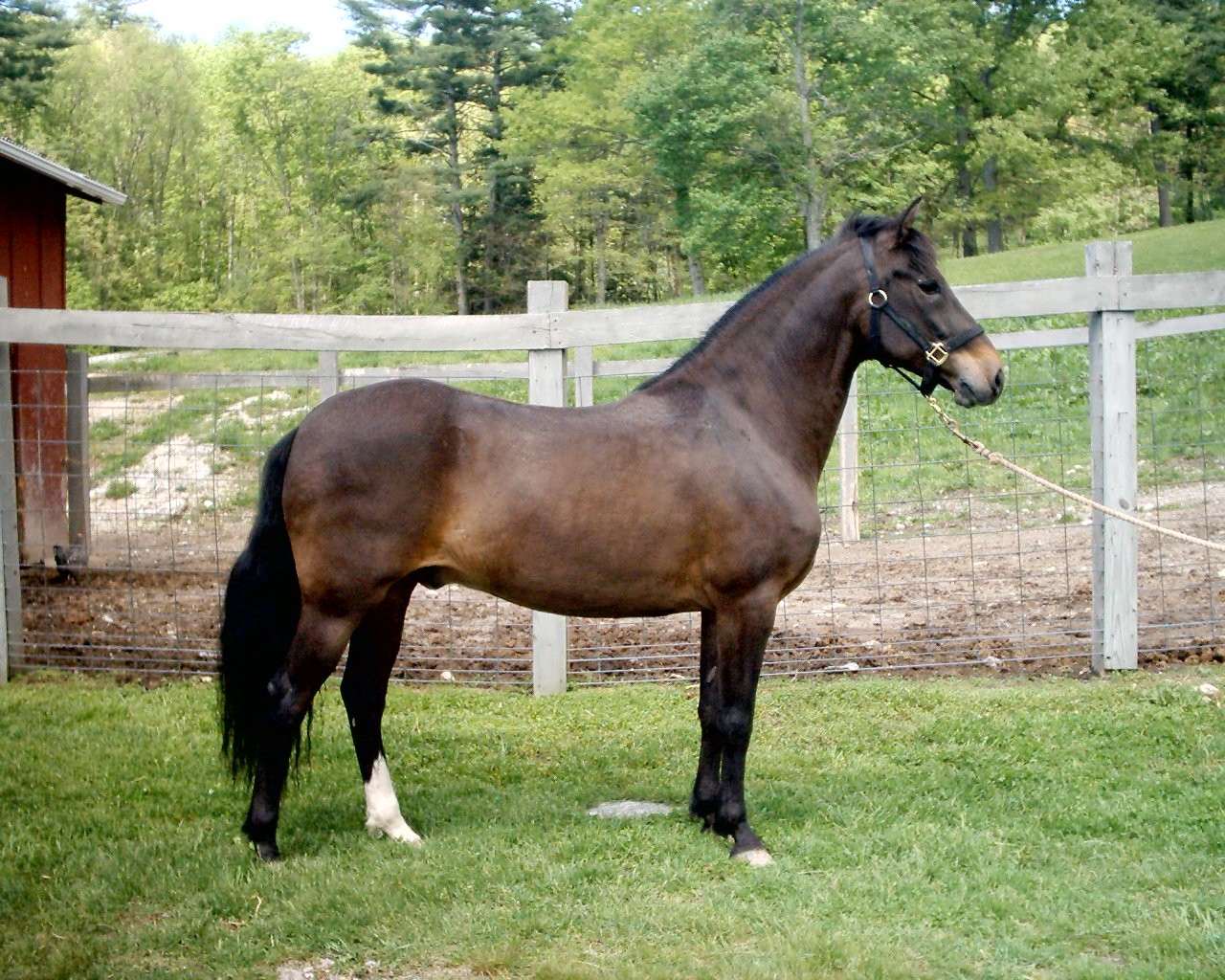
The Paso Fino is a breed celebrated for its smooth, natural gait and elegant movement. Originating from horses brought to the Americas by Spanish conquistadors, Paso Finos have been refined over centuries to develop their unique, four-beat lateral gait. This smooth ride, known as the "paso fino," is a result of selective breeding for comfort and style, making them a popular choice for riders seeking a comfortable and enjoyable experience. Paso Finos are known for their lively personality and willingness to please, making them a favorite in both competitive and leisure riding. Their rhythmic movement and graceful demeanor have earned them a dedicated following among equestrian enthusiasts. The Paso Fino is a testament to the artistry of horse breeding, showcasing the beauty and elegance of equine motion.
The Timeless Bond Between Humans and Horses
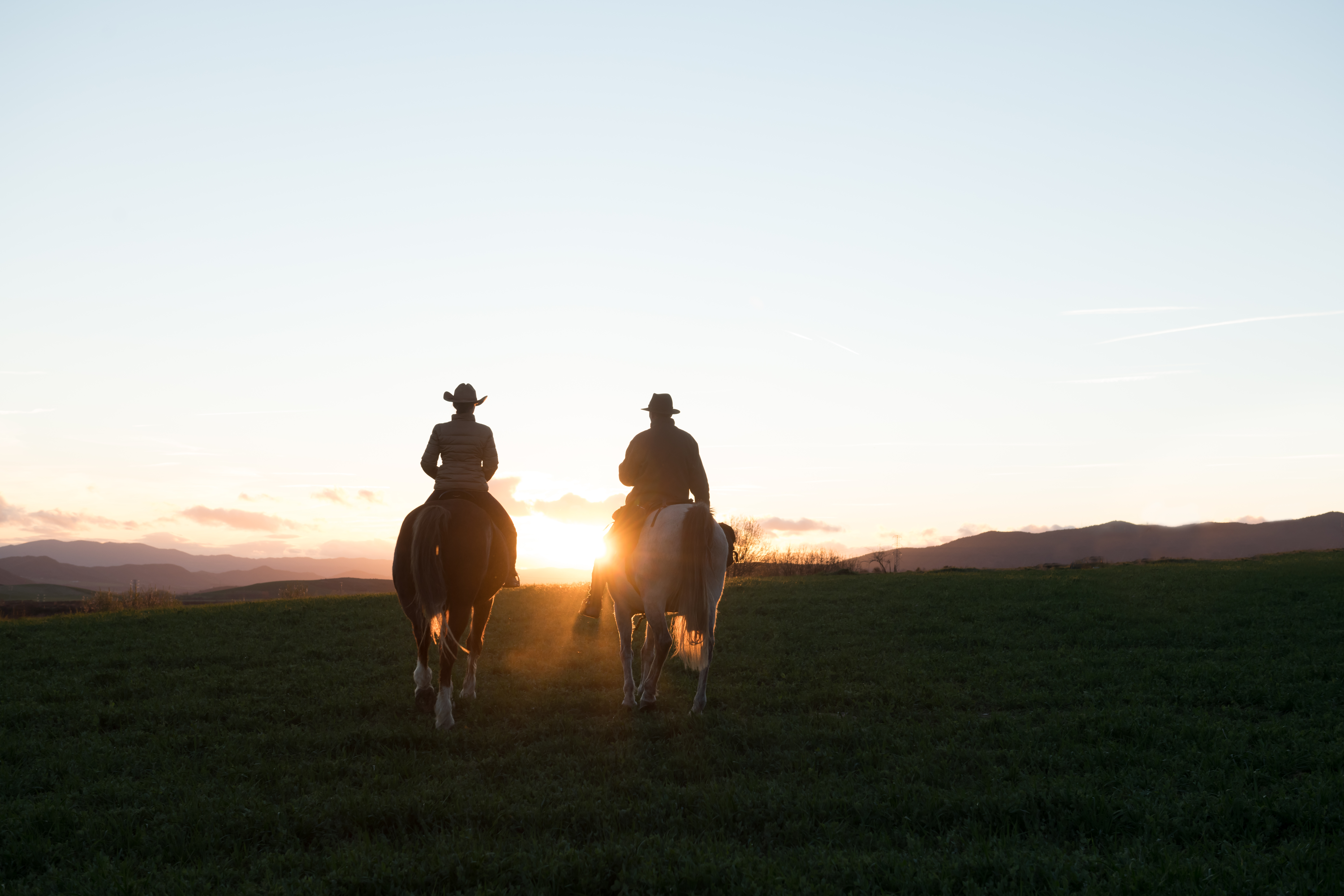
As we conclude our journey through the fascinating world of horse breeds, we are reminded of the timeless bond between humans and these majestic creatures. From the ancient deserts of Arabia to the icy landscapes of Iceland, horses have been our partners, companions, and friends. Each breed, with its unique history and characteristics, tells a story of adaptation, resilience, and the enduring spirit of equestrian tradition. Whether it's the elegance of the Andalusian, the strength of the Shire, or the grace of the Paso Fino, horses continue to captivate and inspire us. As we celebrate these remarkable animals, we are reminded of the rich tapestry of history and culture they represent, a legacy that continues to thrive in the hearts of equestrian enthusiasts worldwide.







